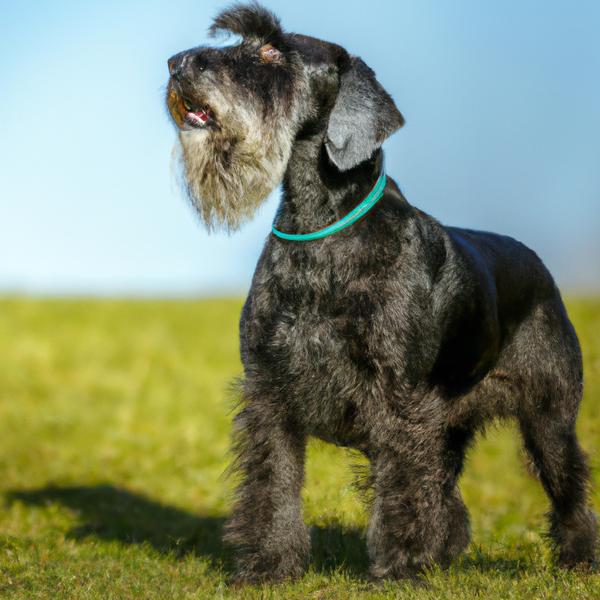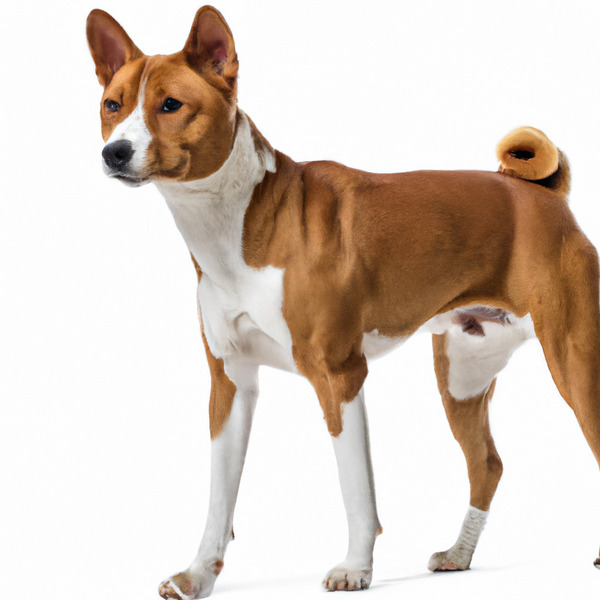Schnocker vs. Basenji: Breed Differences and Similarities
Hypoallergenic
Are Schnockers or Basenjis hypoallergenic, or neither?
Unfortunately, neither Schnocker nor Basenji are hypoallergenic, which may not make them the best choice for dog lovers who suffer from pet allergies.
Temperament
What are the personalities of Schnocker and Basenji dogs?
Playful
Alert
Intelligent
Friendly
Affectionate
Obedient
Trainable
Fearless
Spirited
Quiet
Faithful
Affectionate
Curious
Playful
Alert
Energetic
Intelligent
Shedding Level
Do Schnockers shed more than Basenjis, or which breed sheds more, Schnockers or Basenjis?
Schnockers are low shedding dogs, requiring minimal coat care.
Basenjis shed very little hair, making them a great choice for those who dislike excess hair in the house.
Watchdog Ability
Which dog breed makes a better watchdog, the Schnocker or Basenji?
Schnockers aren't great guard dogs; they tend to just watch without taking action.
Choose a Basenji if you want a top-notch watchdog. This breed takes guarding seriously, and may not require much training, though obedience or guard dog training can improve their skills.
Origin
What is the origin of Schnocker and Basenji dog breeds?
United States
Central Africa (Zaire and the Congo)
Ancestry
What are the origins of Schnocker and Basenji breeds?
Cocker Spaniel, Miniature Schnauzer
African Bush Dog
Date of Birth
When were Schnocker and Basenji breeds first developed?
2000's
Ancient
Eye Color Possibilites
What are the eye colors of Schnocker and Basenji dogs?
Brown
Hazel
Brown
Amber
Nose Color Possibilites
What are the natural nose colors of Schnocker and Basenji?
Black
Black
Brown
Coat Color Possibilites
What are the natural colors of the coat for Schnocker and Basenji breeds?
Black
Brown
Gray
White
Cream
White
Black
Brindle
Red
Coat Length
What is the typical coat length for Schnocker and Basenji breeds?
Schnockers have medium-length coats.
Basenjis have short coats.
Coat Density
What is the density of the coat of Schnocker and Basenji?
Coat Texture
What is the hair texture of Schnocker and Basenji?
Wavy
Straight
Litter Size
What is the usual litter size for Schnocker and Basenji?
A Schnocker can have a litter of 6-8 puppies on average. However, it's worth noting that the size of the litters can vary greatly. Factors that can influence litter size include the health of the mother, breeding history, and genetics.
A Basenji can have a litter of 10-12 puppies on average. However, it's worth noting that the size of the litters can vary greatly. Factors that can influence litter size include the health of the mother, breeding history, and genetics.
Adaptability
Schnockers are highly adaptable and versatile, making them excellent companions for families and individuals of all lifestyles.
Basenjis have average adaptability to changes in lifestyle and living environments compared to other breeds.
Health Issues
Between Schnocker and Basenji, which breed is more prone to health problems?
Schnocker and Basenji breeds are generally considered to be healthy. However, like all breeds, they are susceptible to certain health issues and it is important to keep an eye out for them and address them with your veterinarian as needed.
Major Concerns
What are the major health concerns for Schnocker and Basenji breeds?
Retinal Dysplasia
Seborrhea
Portosystemic Shunt
Sick Sinus Syndrome
PRA
Fanconi Syndrome
Basenji Enteropathy
Minor Concerns
What minor health issues should be kept in mind when owning Schnocker and Basenji?
Cataracts
Mono/Bilateral Cryptorchidism
Megaesophagus
Hypothyroidism
Progressive Retinal Atrophy (PRA)
Idiopathic Epilepsy
Patent Ductus Arteriosus (PDA)
Keratoconjunctivitis Sicca (Dry Eye)
Cleft Lift or Palate
Persistent Pupillary Membranes (PPM)
Pyruvate Kinase (PK) Deficiency
Occasional Tests
What occasional tests are recommended for Schnocker and Basenji breeds?
Complete Blood Count
Internal Imaging (x-ray, CT scan, MRI, etc.)
Blood And Urine Analysis
Ear Tests and Myringotomy Tests
Blood Sugar and Thyroid Tests
Yearly Physical Examination
Eye Examinations (both internal as well as external)
X-rays of various parts of the skeletal system
Dental and Oral Examinations
Echocardiography (ultrasound)
Eye
Dna Test For Pk
Fanconi Urine Test
Full Body Physical Examination
Energy
How do the energy levels of Schnockers and Basenjis compare?
Schnockers are suitable for those with a balanced lifestyle as they have an average energy level.
Basenjis thrive on an active lifestyle due to their high-energy nature.
Social Needs
Schnocker vs Basenji social needs comparison
Schnocker has above average social needs and thrives with interaction with humans and other dogs.
Basenji has below average social needs and is content with spending time alone.
Exercise Needed
Schnocker vs Basenji exercise need comparison.
Schnockers need only a small amount of physical activity, ideal for busy or elderly people or those with limited space.
Basenjis require significant physical activity and suit those with an active lifestyle.
Sleeping Need
Which of the two sleeps the most/least: Schnocker or Basenji?
Schnocker and Basenji are active dogs that may not require as much sleep as other breeds. However, they still need enough sleep to stay healthy.
Tendency to Bark
Do Schnockers or Basenjis bark more/less frequently?
Schnocker dogs are generally less vocal than other breeds and only bark when necessary, such as to alert their owner or communicate.
Basenjis are typically quiet and only bark when needed, such as to alert their owner or when in distress.
Mouthiness
Mouthiness Comparison: Schnocker vs Basenji?
Roaming urge
Schnocker vs Labrador: Running away tendency?
Prey Drive
Schnocker or Basenji - which breed has a higher level of prey drive?
Past times
What are some enjoyable activities and ways to keep Schnocker and Basenji entertained?
Walks, Cuddling, Toys, Trainin, Sleeping
Shake, Running, Sniffing, Cuddling, Destroying toys, Marking, Run, Play with Toys, Dog Parks, Walk, Being pet, Fetch, Smelling, Out, Catch treats, Play keep away, Play, Chase, Tracking, Eating Snacks, Walking, Mischif, Hiking, Lounging, Mountain biking, Off-leash, Fetch-ish, Trail running, Long hikes
Activity Level
Which breed has higher energy, Schnockers or Basenjis?
Schnockers are medium-energy dogs and typically enjoy socializing and playing casual or even sustained games of chase with other dogs. They may also have occasional periods of barking or racing around the house.
Basenjis are high-energy dogs. They need mental as well as physical exercise. These dogs require a lot of your involvement and without it they can, and will, become problematic dogs.
Tolerance of being left alone
Walks per Week
How many miles should Schnocker or Basenji walk each week?
There's really no limit to how far you walk your dog as long as they're comfortable. For Schnocker, it's at least 5 miles / week. Just remember to build distance and stamina gradually over time.
There's really no limit to how far you walk your dog as long as they're comfortable. For Basenji, it's at least 15 miles / week. Just remember to build distance and stamina gradually over time.
Activity per Day
Do Schnockers or Basenjis require more exercise?
In general most Schnockers usually need at least 60 minutes of exercise daily. This can be spread across the day and include all sorts of high-energy activities, like walking, running and playing.
In general most Basenjis usually need at least 90 minutes of exercise daily. This can be spread across the day and include all sorts of high-energy activities, like walking, running and playing.
Grooming
Which breed is easier to maintain in terms of grooming, Schnockers or Basenjis?
Schnockers require significant grooming, including regular trims and professional grooming assistance to maintain their coat. They may also require frequent bathing to keep their coat and skin healthy.
The Basenji is a low-maintenance breed that doesn't require much grooming.
Brushing Frequency
What is the recommended brushing frequency for Schnocker and Basenji dogs?
Schnocker and Basenji should be brushed at least once a week. Of course, you can give them more frequent brushes if you find that they are still shedding a lot.
Brushing Tools
What brushing tools are used for Schnockers and Basenjis?
Pin Brush
Dematter
Deshedder
Nail Clipper
Slicker Brush
Deshedder
Nail Clipper
Cups
How much food should be given to Schnocker or Basenji in cups?
For an average 13-27 pound (6 - 12 kg) Schnocker feed 2 cups daily. But, keep in mind, the amount you feed is going to be dependent on the quality of the food you are feeding.
For an average 22-26 pound (10 - 12 kg) Basenji feed 2.5 cups daily. But, keep in mind, the amount you feed is going to be dependent on the quality of the food you are feeding.
Daily Cost
Which breed has a higher daily cost, Schnocker or Basenji?
Schnocker and Basenji have a similar average daily cost of around $1.70 - $2.00.
Monthly Cost
Which breed has a higher monthly cost, Schnocker or Basenji?
When it comes to monthly expenses, both Schnocker and Basenji have a similar average cost, ranging from $48 - $63. This results in an average yearly cost of around $576 - $756.
Intelligence
Comparing Intelligence: Schnockers vs Basenjis
Schnocker is highly intelligent and very trainable.
Basenji is an independent and stubborn breed with low obedience intelligence, making training a test of patience.
Sensitivity Level
How do Schnocker and Basenji compare in sensitivity?
This breed is sensitive to its environment and best suited for patient and understanding families with a consistent routine.
Basenjis have average emotions and adapt well to different situations.
Affection Dependance
Which is the more affectionate dog breed: Schnocker vs Basenji?
Apartment Friendly
Which breed is more apartment-friendly: Schnocker or Basenji?
The Schnocker is a great apartment dog, thriving with sufficient exercise and time outside as part of their daily routine.
Basenjis can do well in apartments with enough exercise and time outside, but a small yard would be ideal.
Child Friendly
Do Schnockers or Basenjis have a friendlier temperament towards children?
Schnockers make excellent family pets for kids due to their gentle, protective nature and calm temperament.
Basenjis are good with kids if socialized and trained from a young age.
Senior-friendly
Which dog is more suitable as a pet for the elderly - Schnocker or Basenji?
Cat Friendly
Do Schnocker or Basenji breeds have a better compatibility with cats?
Schnockers are good with cats, but early training is needed to prevent chasing behavior.
Basenjis are somewhat cat friendly and can be trained to get along with cats.
Dog Friendly
Which breed is more sociable with other dogs: Schnocker or Basenji?
Schnockers are friendly and active companions, and can be good family pets, though their friendliness towards other dogs may vary.
Basenjis are less friendly towards other dogs, but can improve with socialization.
Pet friendly
How do Schnocker or Basenji dogs interact with other pets?
Stranger Friendly
Which breed is more friendly with strangers: Schnocker or Basenji?
Schnockers are averagely friendly around strangers but benefit from early socialisation.
Basenjis are quick to announce strangers and can be standoffish or suspicious.
Playfulness
Which breed is more playful between Schnocker and Basenji?
Schnockers are a playful breed that needs daily playtime to be happy.
Basenjis have an average level of playfulness, enjoying playtime like most dogs but not excessively so.
Trainability
How do the trainability levels of Schnockers and Basenjis compare?
Schnocker and Basenji dogs are known for their ease of training and ability to learn quickly, making them a popular choice for pet owners and trainers alike.
Compare Schnocker with other breeds
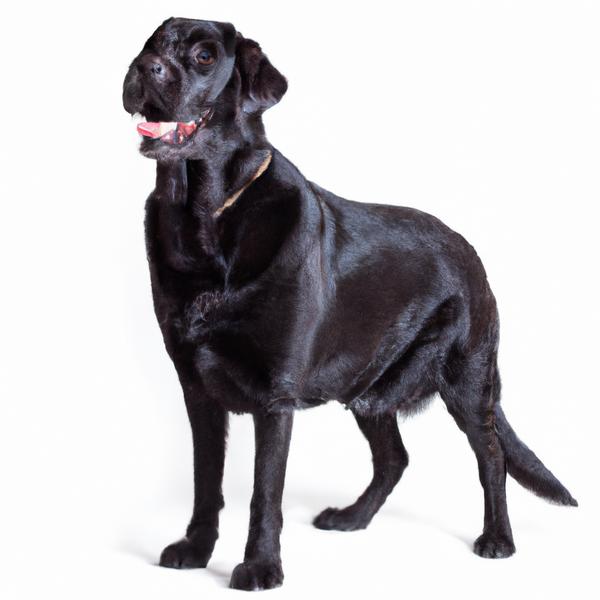
Labradinger
Schnocker vs Labradinger
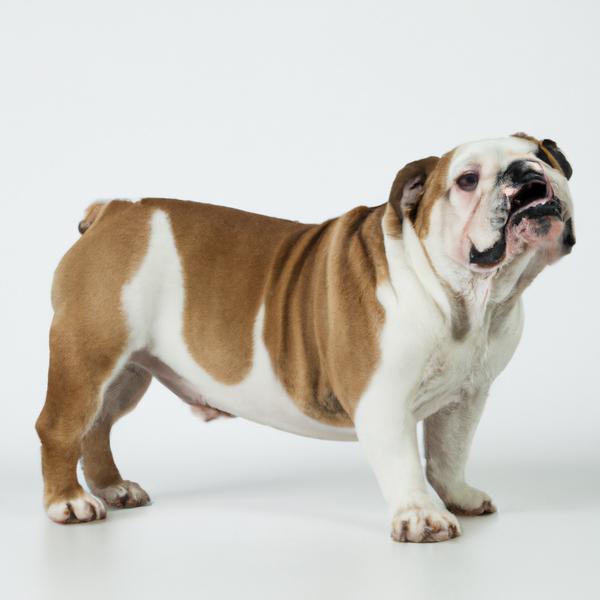
Miniature English Bulldach
Schnocker vs Miniature English Bulldach
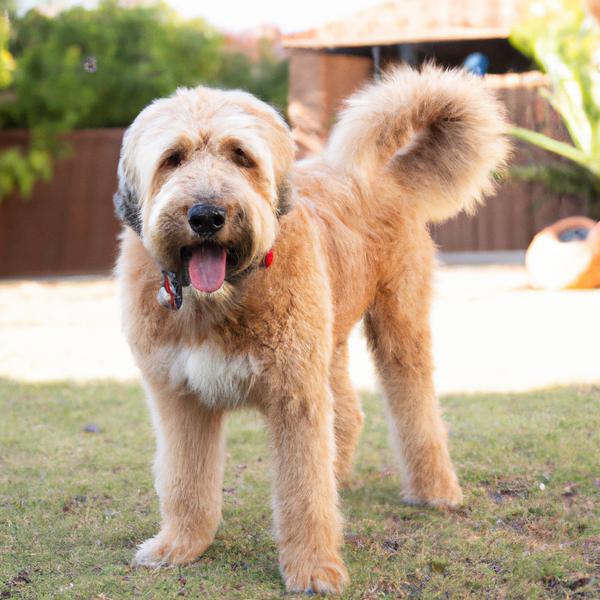
Aussie Wheaten
Schnocker vs Aussie Wheaten
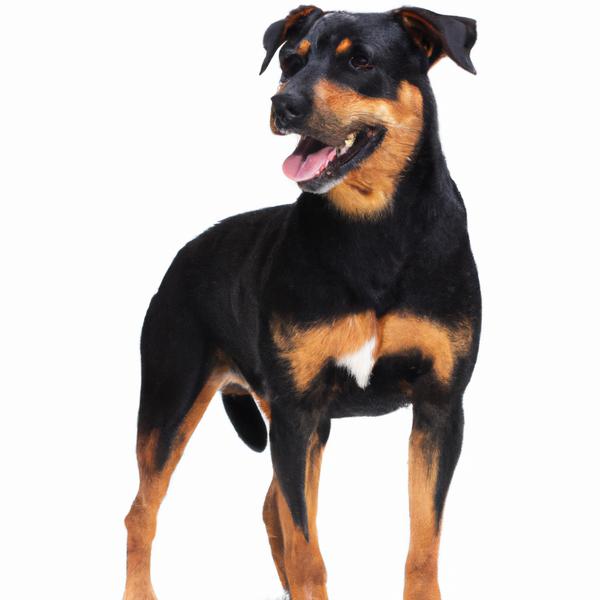
Jackweiler
Schnocker vs Jackweiler
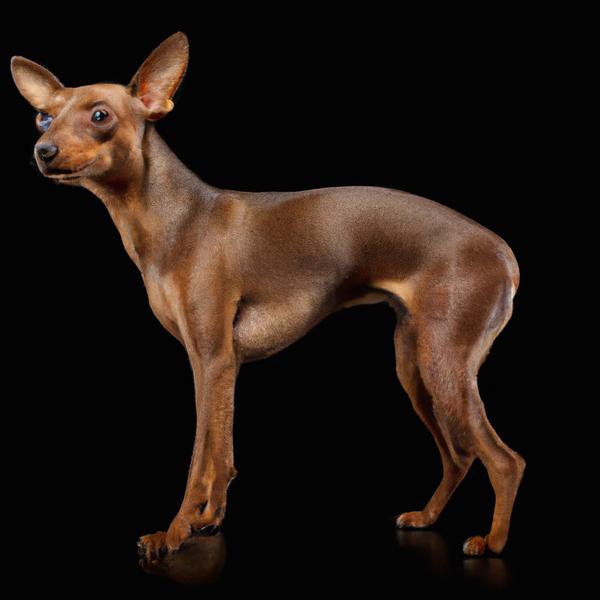
Ratese
Schnocker vs Ratese
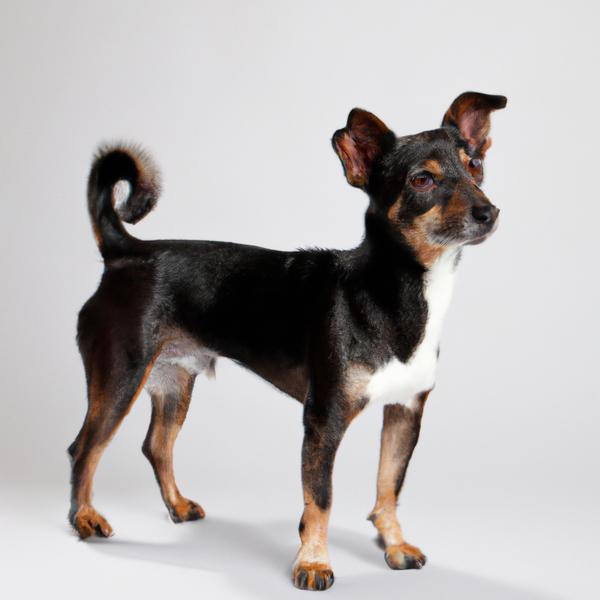
Japeke
Schnocker vs Japeke
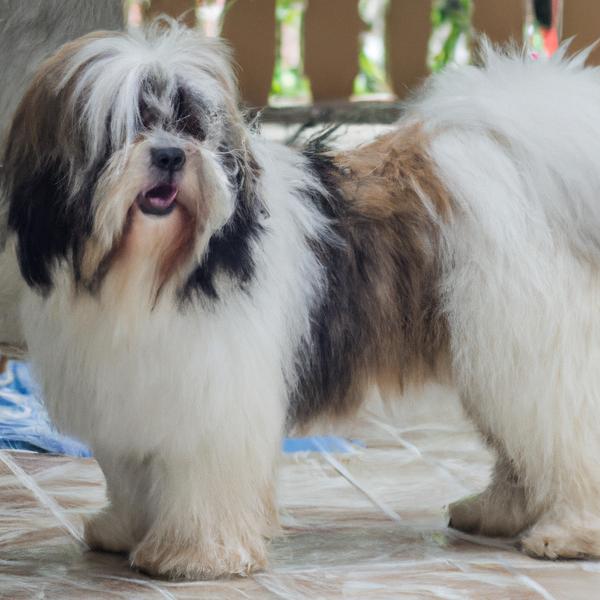
Bosapso
Schnocker vs Bosapso
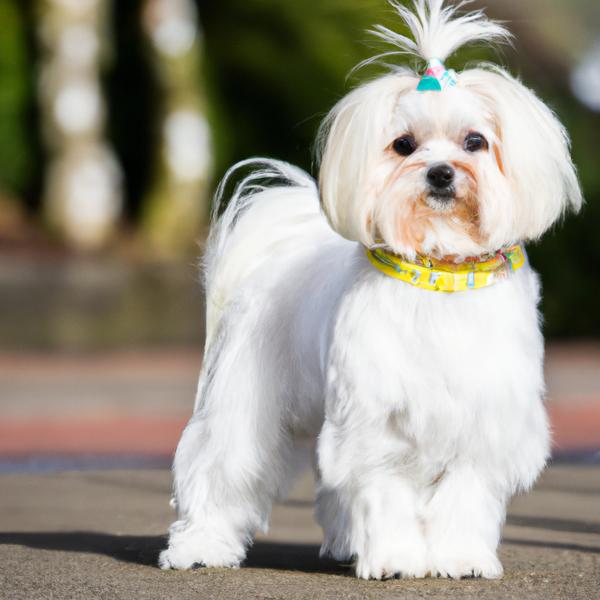
Highland Maltie
Schnocker vs Highland Maltie
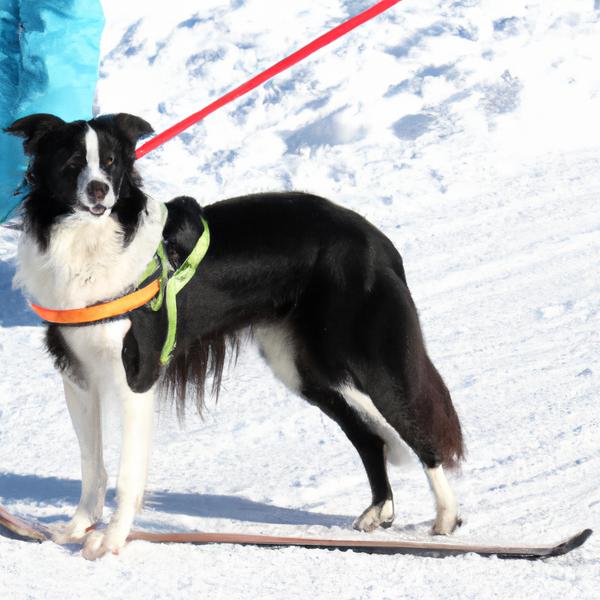
Ski-Collie
Schnocker vs Ski-Collie
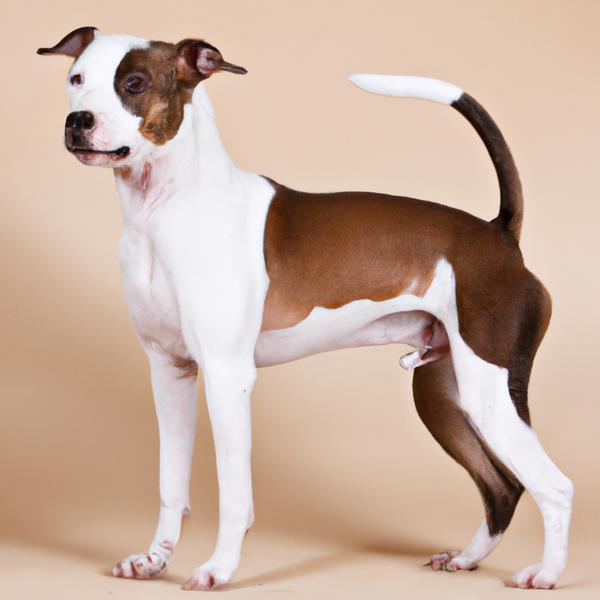
Boxapoint
Schnocker vs Boxapoint

American Neo Bull
Schnocker vs American Neo Bull
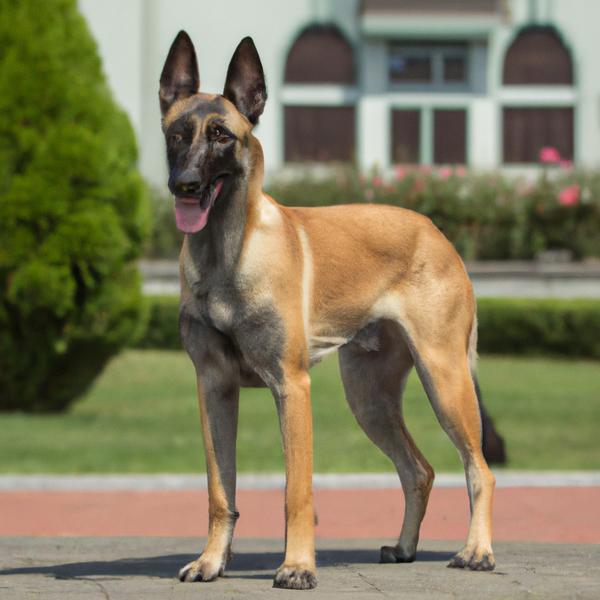
Belgian Malinois
Schnocker vs Belgian Malinois
